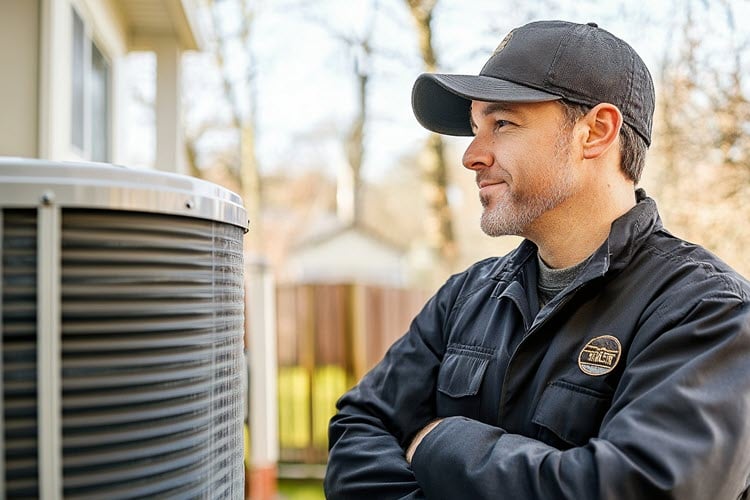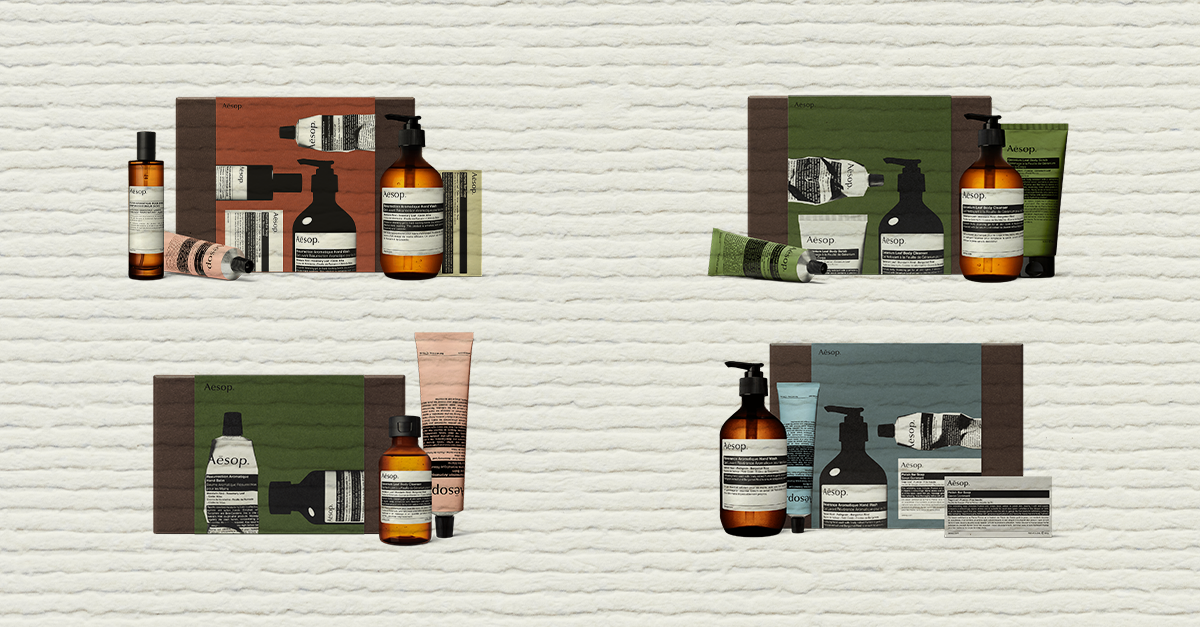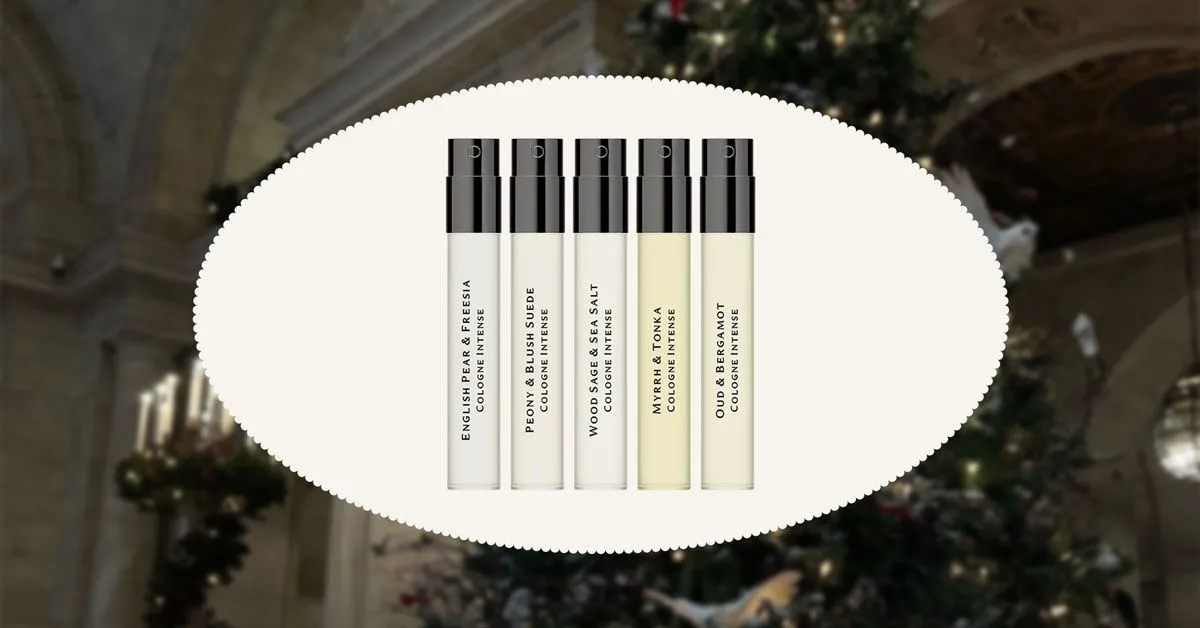Sharing is Caring!
As summer winds down, it’s the perfect time to give your HVAC system a quick checkup. With some powerful HVAC tips, you can prevent costly problems and ensure your home is the ideal temperature all year. Months of high demand can leave behind subtle signs of wear and tear, catching them now can help you avoid bigger issues when the weather turns.
Here’s how to spot the signs and get your system ready for fall.
HVAC Seasonal Maintenance: Signs Your System Struggled This Summer
Look for the quiet clues of overwork. Your HVAC doesn’t need to break down to show signs of strain.
If your system seemed to run all day without hitting the thermostat setpoint, it’s a sign that it was struggling to keep up.
Rooms that stayed warmer than others may indicate airflow or efficiency issues. Furthermore, if your energy bills spiked without any change in thermostat habits, performance may have dropped.
Increased humming, clicking, or buzzing noises can also suggest that components like capacitors or the blower motor are under stress. If the system kept turning on and off quickly, it might’ve been overheating or misreading temperature needs.
Of course, you should check your air filter. If it’s unusually dirty after summer, that’s a passive signal your system was pulling in more air (and dust) than usual, often due to extended operation.
HVAC tips like this can save you money and keep your system running flawlessly.
Think about how much extra effort you had to put in just to stay comfortable. If you stopped using your oven because the house wouldn’t cool down after dinner, closed off unused rooms to concentrate cooling in one zone, or felt like you had to “babysit” the thermostat settings, your HVAC system was likely running near its limit.
That’s a smarter cue than just listening for odd noises. If you had to overcompensate, your system was underperforming, or the house itself (insulation, duct layout, etc.) needs help. HVAC seasonal maintenance becomes essential when you notice these types of subtle performance drops.
Summer AC Maintenance: What to Clean Before Fall
End-of-summer maintenance isn’t just about cleaning; it’s about preserving performance heading into cooler months. This isn’t about wiping down a vent.
It’s about stopping energy leaks before they get expensive.
Replace the air filter, even if it looks “okay.” Clogged filters reduce airflow and add strain, especially after a high-use summer. Vacuum air vents and return grilles; dust buildup here isn’t just cosmetic, it chokes airflow. Shine a flashlight into your duct returns.
If you see thick dust buildup or matted fur, your system’s been fighting airflow restrictions. Run your hand over your indoor vents while the system is on.
Feel uneven airflow? That’s not just a “low setting”; it could mean early blower motor strain or duct collapse. That’s why summer AC maintenance is more than a once-over; it’s how you spot the signs before problems lock in.
Check the outdoor unit for debris. Clear away leaves, sticks, and weeds around your condenser; at least 2 ft. clearance is best.
Stand by the unit after shutdown. Hear gurgling or hissing? That might point to a refrigerant imbalance, which usually goes unnoticed until the next season hits hard. Inspect refrigerant lines for damage or ice marks; these can reveal hidden leaks or insulation issues.
Clear the condensate drain line by pouring in a cup of white vinegar to prevent algae or clogs.
Snap a few photos of your system, especially the outdoor unit and filters, for future reference.
These visual records can help you or a tech spot subtle changes over time. Incorporating HVAC seasonal maintenance into your end-of-summer habits is one of the smartest ways to extend system life.
End-of-season checks are about reading patterns, not just surfaces.
HVAC Summer Maintenance: Why Late Summer Is Ideal
Right now, late summer into early fall, is actually the best window. Less demand means fewer emergency calls, better appointment slots, and more thorough service. Many companies offer pre-season specials in this “shoulder season” before the cold hits.
If your tech recommends changes, you’ve got time to plan, not panic.
And most importantly, you’ll catch problems from summer wear before they become winter breakdowns.
Don’t wait until the first cold snap, that’s when techs are booked out and reactive maintenance turns into costly repairs. If you’re asking the question, it’s already time.
Late summer is when refrigerant levels start showing wear, and dust baked into coils becomes a fall efficiency killer. The idea that “fall is better” only holds if your system ends summer in good shape.
HVAC summer maintenance helps reset your system’s performance curve and keeps you from carrying inefficiencies into the colder season. Your system’s “muscle memory” from summer affects how it performs next season, you want to reset it before that baseline gets carried over.
Think of it like a post-marathon check-up.
Waiting until fall means you’re asking a worn-out runner to do laps again without stretching first.
AC Tips for Summer-to-Fall Thermostat Adjustments
Transitioning seasons is the perfect time to rethink your habits. Set a wider “comfort band” to let the temperature vary a few degrees during the day, especially when you’re not home; this lightens the load without sacrificing comfort.
Use programmable or smart thermostats to ramp temperatures gradually. Sharp temp swings cause short cycling and spike energy use. Start lowering your thermostat gradually in the evenings, even when it’s still warm.
Your body adjusts better, and you avoid shock drops later.
Lowering your setpoint 6-8°F at night can save over 10% on energy bills and improve sleep quality. Open windows at night, then trap cool air in the early morning by closing blinds and doors.
It’s free climate control. Leverage solar heat during the day by opening south-facing curtains to warm your home and reduce furnace dependency naturally.
This is also a great time to track your baseline consumption so you can spot unusual usage once the furnace kicks in. Don’t obsess over one number; focus on how quickly your home gains or loses temperature.
That tells you more about system efficiency than your setpoint.
These AC tips for summer transitions can help you smooth the handoff between seasons without sudden comfort drops.
Yes, but not in the way most advice tells you. Instead of micromanaging temperature, focus on managing momentum. Most people wait until the house feels cold to make changes. That’s backwards.
Use AC tips for summer and early fall as your guide.
Energy-Saving Upgrades and Summer Air Conditioning Tips
Absolutely, fall is your upgrade sweet spot, especially if you want to make budget-friendly changes before winter demand spikes. If your HVAC system is more than 10 years old, even small upgrades to controls or airflow components can unlock major efficiency gains. You don’t need a new system, you need smarter control over the one you have.
Smart thermostats aren’t just for summer; they save big in heating months by learning your patterns. Pair them with smart vent dampers to dynamically balance temperatures without a full zoning overhaul.
Zoned heating can also help, if your upstairs roasts while downstairs freezes, zoning might solve the problem without replacing your whole system.
Variable-speed blower motors help maintain steady temperatures and use less energy than single-speed motors. Duct sealing or insulation is another high-ROI fix; up to 30% of heated air is lost through leaks, yet most people skip it.
Static pressure testing matters too; most HVAC systems are oversized and fighting their ductwork. Fixing airflow can give you a new-system feel without buying one.
Install a return duct in rooms that always feel stuffy. This one change can outperform a whole-house fan or new vents.
A humidifier add-on is another subtle upgrade; moist air holds heat better, allowing you to set a lower temperature and still feel warm.
And if you’re due for a bigger upgrade? Ask your tech to model performance with your home’s layout, not just square footage. That avoids getting a “one-size-fits-most” install that doesn’t match how you actually live. Late-season summer air conditioning tips like these can save money and improve comfort for months to come.
Cold-Weather Prep with HVAC Seasonal Maintenance
Think of it like putting your car in gear for a long trip, it’s about setting the foundation for reliable performance.
Test your furnace early by running it for 10-15 minutes on a warm day.
If it smells like burning dust or throws a code, better to find out now than troubleshoot in 40°F weather. Weird smells or noises are signals you don’t want to discover during a cold snap.
Change the air filter, again, especially if it worked overtime during the summer. Reverse ceiling fans; clockwise at low speed pushes warm air down. Check for airflow issues now, cold spots today mean bigger problems later.
Make sure vents aren’t blocked by furniture or rugs.
Schedule professional maintenance. A pro will clean burners, inspect the heat exchanger, and calibrate controls, critical for safety and efficiency. Weatherstrip doors and windows before turning the furnace on. No HVAC can keep up with major drafts.
Recalibrate the thermostat for slower, steadier comfort.
Winter demands consistency, not bursts. Long, gentle runs keep your home warmer with less effort. Think of it like transitioning from sprinting to endurance training.
Map out your home’s “thermal dead zones.” Rooms that stay cool now will turn freezing fast. Place cheap temperature sensors in multiple rooms to learn where to insulate or redirect airflow.
This type of HVAC seasonal maintenance gives you insights before your system is truly put to the test.
Prep isn’t just cleaning, it’s learning how your home reacts before it’s tested.
Time to Replace? When Summer AC Maintenance Isn’t Enough
Here’s a smarter way to think about this: if your HVAC is like a smartphone, are you updating apps, or working around crashes?
Repairs are frequent or rising. If you’re seeing your tech more than once a year, those costs add up. When maintenance becomes micromanagement, that’s a signal.
Are you avoiding using the system because it’s “finicky”?
Are repairs now tied directly to your comfort, like, “I need this fixed today or I’ll be miserable”? Do you trust your HVAC to work next month, or do you hope? If you’re modifying your lifestyle to work around the system, that’s your answer. Systems should support comfort, not require adaptation.
If your system is 12-15+ years old, even with good care, efficiency and reliability drop significantly after that window.
Energy bills often keep climbing with aging systems, while a newer one can cut costs by 20-40% thanks to updated efficiency standards. Comfort inconsistency, temperature swings, hot/cold zones, or constant running, can also point to deeper performance issues.
You smell burning or see corrosion? Those are red flags that shouldn’t be ignored.
Do a cost analysis. If a repair is more than 30-40% of a new unit’s cost, and your system’s past 10 years, it’s often smarter to invest in replacement now and reap long-term savings.
The $1,500-$2,000 zone is where maintenance starts to become a trap.
That money might fix this season’s problem, but not the next one. If your tech mentions multiple component wear-outs, like the compressor and blower, it’s usually more strategic to replace before you’re forced to. Especially if you’ve already maxed out your summer AC maintenance efforts with no real gains. With HVAC tips like these, you’ll prevent problems
Sharing is Caring!
Disclaimer: This story is auto-aggregated by a computer program and has not been created or edited by jennertrends.
Publisher: Source link













